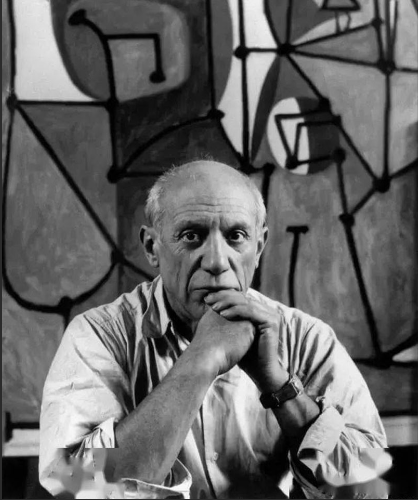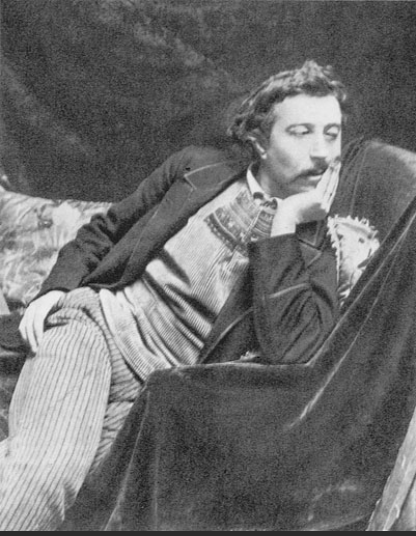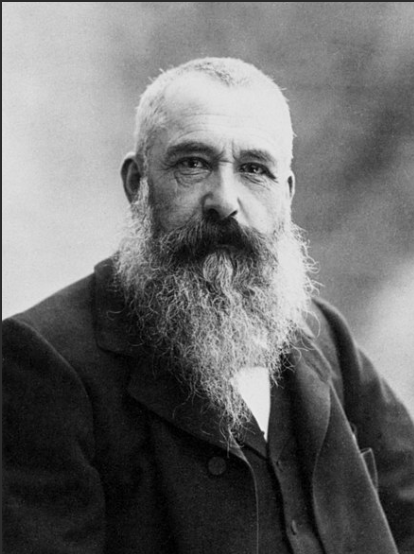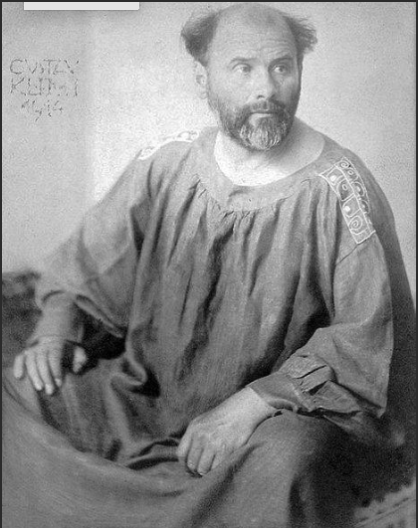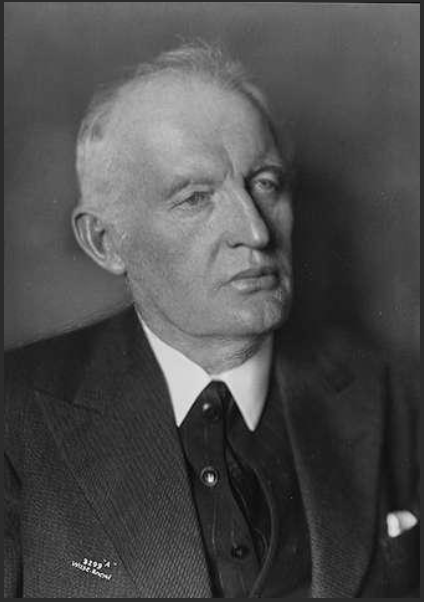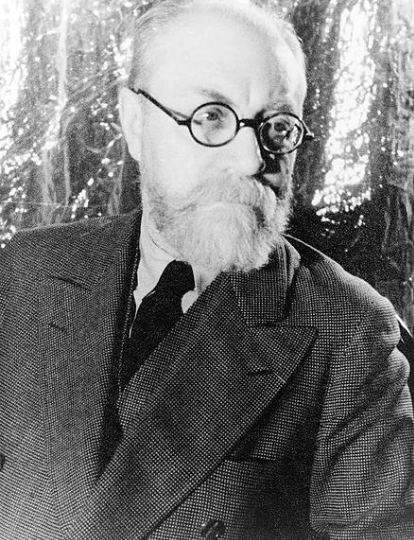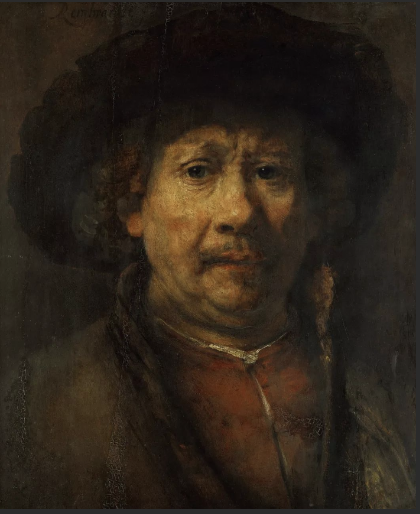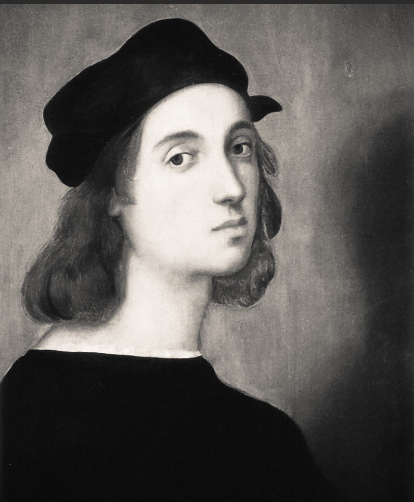-
Picasso 2024-05-08
Pablo Picasso (October 25, 1881 ~ April 8, 1973), full name: Pablo Diego Jose Francisco Di Paula Juan napomucino Maria Di Los ramedios Cipriano Di La San Di Sima Trinida Luis Picasso (Pablo Diego José Francisco de Paula Juan Nepomuceno María de los Remedios Cipriano de la Santísima Trinidad Ruiz y Picasso) , a Spanish painter, sculptor and a member of the French Communist Party. He is the founder of modern art and the main representative of Western modernist painting. Picasso is the most creative and far-reaching artist in the contemporary west and one of the greatest artistic talents in the 20th century. Picasso's artistic career runs through almost his life, and his works are rich in styles and can be used by future generations The saying "Picasso is always young" describes Picasso's changeable art forms. Historiography has to divide his numerous works into different periods - the early "blue period", "pink period", the prosperous "black period", "the period of analysis and synthesis Cubism" (also known as "Cubism period") and the later "surrealism period" And so on. [1] he wrote the young girl of Avignon in 1907 It is the first work considered to have Cubism tendency and a famous masterpiece with milestone significance. It not only marks a major turning point in Picasso's personal art process, but also a revolutionary breakthrough in the history of modern western art, which triggered the birth of Cubism movement. Picasso is a prolific painter. According to statistics, his works total nearly 37000, including Including: 1885 oil paintings, 7089 sketches, 20000 prints and 6121 lithographs. [2] in a public opinion survey conducted by a French newspaper in December 1999, he was elected the first of the ten greatest painters in the 20th century with a high vote of 40%. -
Gauguin 2024-05-08
Paul Gauguin (1848–1903) was a French post-Impressionist painter and sculptor, known for masterpieces such as "Where Do We Come From? What Are We? Where Are We Going?," "Yellow Christ," "The Spirit of the Dead Watching," and "The Vision After the Sermon." Born in Paris, France, Gauguin worked as a sailor in his youth before becoming a stockbroker. In 1873, he began to study painting and became a professional artist in 1883, participating in four consecutive Impressionist exhibitions. In 1886, Gauguin left Paris to paint in the town of Pont-Aven in Brittany. In 1889, he created "Yellow Christ." After 1890, Gauguin increasingly grew disillusioned with civilized society and sought refuge in the wilderness, finding solace on the island of Tahiti in the Pacific. In 1894, he produced "The Invocation." In 1897, he completed "Where Do We Come From? What Are We? Where Are We Going?" In 1901, he left Tahiti for the Marquesas Islands. Gauguin passed away in 1903. Paul Gauguin, along with Vincent van Gogh and Cézanne, is considered one of the three major masters of Post-Impressionism. -
Monet 2024-05-08
Oscar-Claude Monet (French: Oscar-Claude Monet; November 14, 1840 – December 5, 1926) was a French painter, acclaimed as a leader of the Impressionist movement and one of its founding figures. Monet is among the most important painters in French history, and much of the theory and practice of Impressionism is attributable to his advocacy. He excelled in experimenting with and depicting light and shadow. His most significant stylistic innovation was in altering the treatment of shadows and contours; in Monet's paintings, distinct shadows and emphasized or outlined contours are rarely visible. The depiction of color in light and shadow is the hallmark of Monet's painting. On May 14, 2019, Monet's painting "Meules" ("Haystacks") set a record-breaking auction price of $110.7 million at Sotheby's in New York. This sale established the highest price ever paid for a Monet artwork and set a record for the highest price paid for an Impressionist painting at auction. -
Klimt 2024-05-08
Gustav Klimt was an Austrian Symbolist artist born in 1862 and passed away in 1918. He was one of the founding members of the Vienna Secession, known for his distinctive artistic style and contributions to Symbolism. Klimt's works often explore the human body, emotions, and sexuality, as well as delve into spiritual realms. He frequently employed gold leaf and vibrant colors in his paintings, creating a mysterious and symbolically rich atmosphere. Klimt's oeuvre includes portraits, nude paintings, allegorical works, and more, encompassing a variety of forms and themes. Throughout his career, Klimt faced criticism from conservative elements of society but also achieved a degree of success and recognition. His works had a profound impact on later art movements, particularly catalyzing the development of Expressionism and abstract art in the early 20th century. Klimt's art garnered significant attention during his time and continues to be widely appreciated and studied today. His unique style and contributions to Symbolism cemented his place as an important figure in art history, with his works symbolizing both the prosperity and turmoil of Viennese culture at the turn of the 20th century. -
Munch 2024-05-08
Edward Munch, born in 1863 and passing away in 1944, is a renowned Norwegian artist considered one of the pioneers of Expressionist art. His works are often deeply influenced by psychology and personal emotions, depicting the intense and intricate inner world. Common themes in Munch's works include loneliness, fear, death, and love, exploring existential questions and human emotions. One of Munch's most famous works is "The Scream," portraying a figure standing on a bridge with a distorted face seemingly screaming. This painting has become a classic of Symbolist art, profoundly expressing Munch's inner fear and despair. In addition to "The Scream," Munch's works include "The Smoking Man," "The Kiss," and "The Dance of Life," all displaying his profound observation of human emotions and existential states. His unique artistic style often employs exaggerated colors and forms to depict inner emotional conflicts. Munch's works have had a profound impact on 20th-century art, paving the way for later artists with his Expressionist style. His artworks are also frequently used to explore fields such as psychology and philosophy, regarded as profound expressions of thought. Even after his passing, Munch's works continue to be exhibited worldwide, provoking thought and inspiration among viewers. -
Matisse 2024-05-08
Henri Émile Benoît Matisse was a French painter, a founding member, and a leading figure of the Fauvist movement, as well as a sculptor and printmaker. Alongside Picasso and Marcel Duchamp, Matisse brought about significant changes in the art world at the beginning of the 20th century. He was also a leader of the Fauvist movement, which advocated for the principles of Impressionism and paved the way for the first major art movement of the 20th century. Matisse's style is characterized by bold and flat colors, along with unrestricted lines. His witty compositions, vivid colors, and lighthearted themes are what made him famous and established him as one of the most important figures in modern art. -
Rembrandt 2024-05-08
Rembrandt Harmenszoon van Rijn is one of the leading painters of Baroque art in Europe and a major figure in 17th-century Dutch Golden Age painting, hailed as the greatest painter in Dutch history. In the 2004 poll of the greatest Dutch people, he ranked ninth, just behind Anne Frank. He lived during the Dutch Golden Age, a period of peak achievements in science, art, and commerce in the Netherlands. Rembrandt achieved fame at a young age but experienced hardship for much of his life. His works were renowned during his lifetime, and nearly all significant Dutch painters of the time were influenced by him. His pinnacle works include portraits, including self-portraits, and paintings inspired by biblical themes. His series of self-portraits serve as a unique autobiography, portraying the artist's self-examination with sincerity and honesty. In his oil paintings and etchings, Rembrandt demonstrated a perfect grasp of classical imagery while incorporating his own experiences and observations. For example, in his biblical scenes, he not only displayed his understanding of the biblical text and classical composition but also depicted his observations of Amsterdam's Jewish community. It is this empathetic power that led to him being called the "prophet of civilization." Rembrandt's famous works include "The Night Watch," "Diana Bathing with her Nymphs," "The Jewish Bride," and "The Anatomy Lesson of Dr. Nicolaes Tulp," among others. In Rembrandt's works, the technique of chiaroscuro is extensively utilized, focusing on capturing the interplay of light and shadow to render lifelike figures. Unlike his contemporaries who often portrayed beauty or wealth, Rembrandt delved into the depths of human nature and psychology with profound insight. His realistic portrayal does not shy away from depicting the marks of time and age on his models, which is a distinctive feature of Rembrandt's work. He depicted a variety of subjects, ranging from classical historical scenes and mythological stories to everyday life scenes and portraits. His two wives, Saskia van Uylenburgh and Hendrickje Stoffels, often served as prototypes for the female figures in his works. -
Raffaello 2024-05-08
Raffaello Santi (full name: Raffaello Sanzio Da Urbino, from March 28, 1483 or April 6, 1520 to April 6, 1520), often known as Raphael, is a famous Italian painter and the youngest of the "three outstanding artists after the Renaissance", representing the peak that artists in the Renaissance can achieve in the cause of ideal beauty. His temperament is peaceful and elegant, and he has created a large number of Madonnas. His works fully reflect peace, coordination, harmony, symmetry and perfect and quiet order.
| Home | Artists and Inventory | Recommend Artist IP | Art dervative | Spreadtrum | Cultural communication | Co-artist | About us |
Recommend Artist IP
Recommend Artist IP
当前位置:首页-Recommend Artist IP
